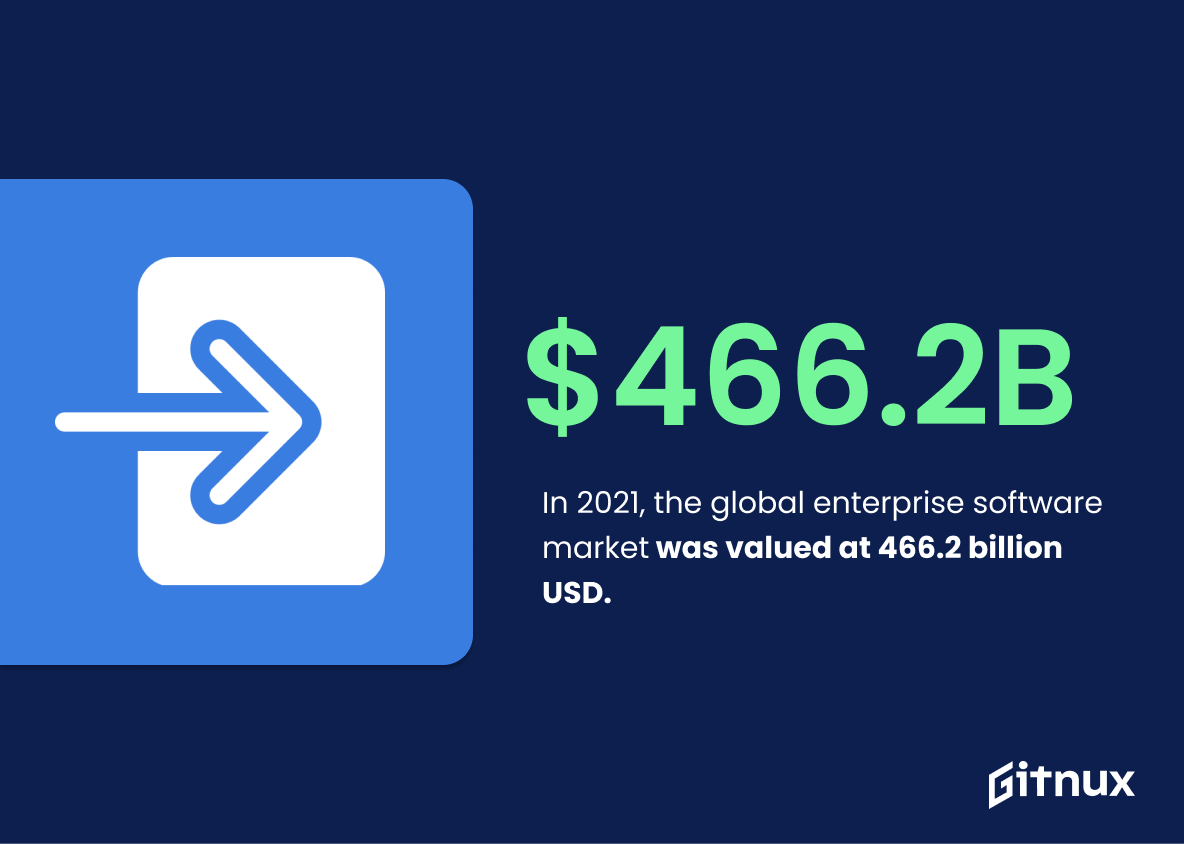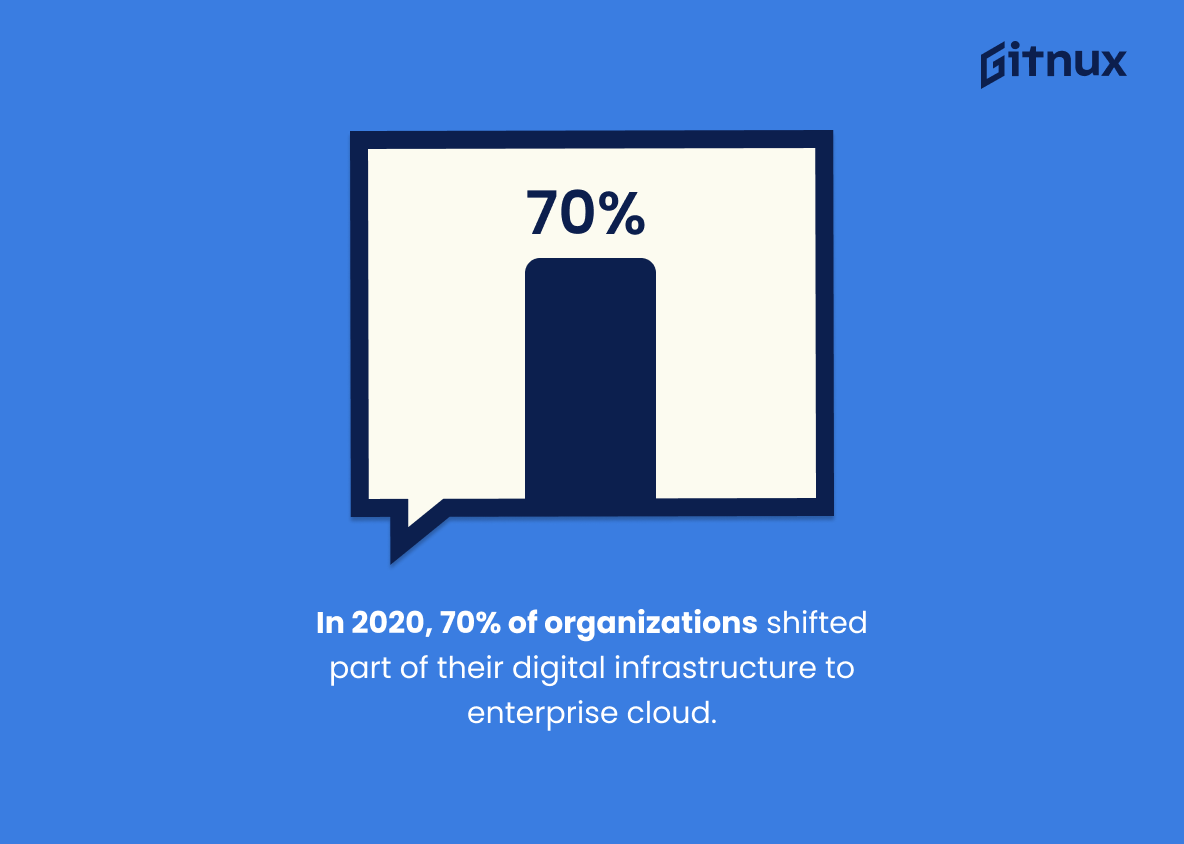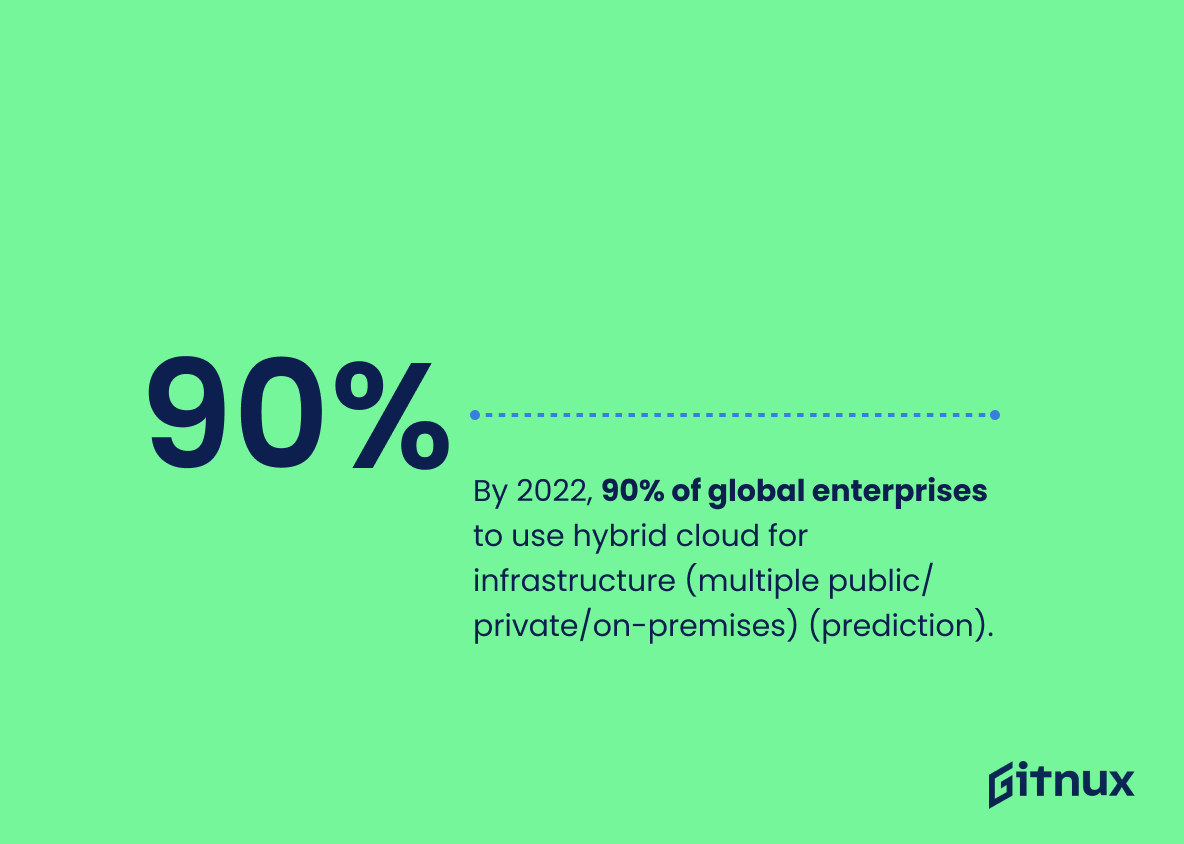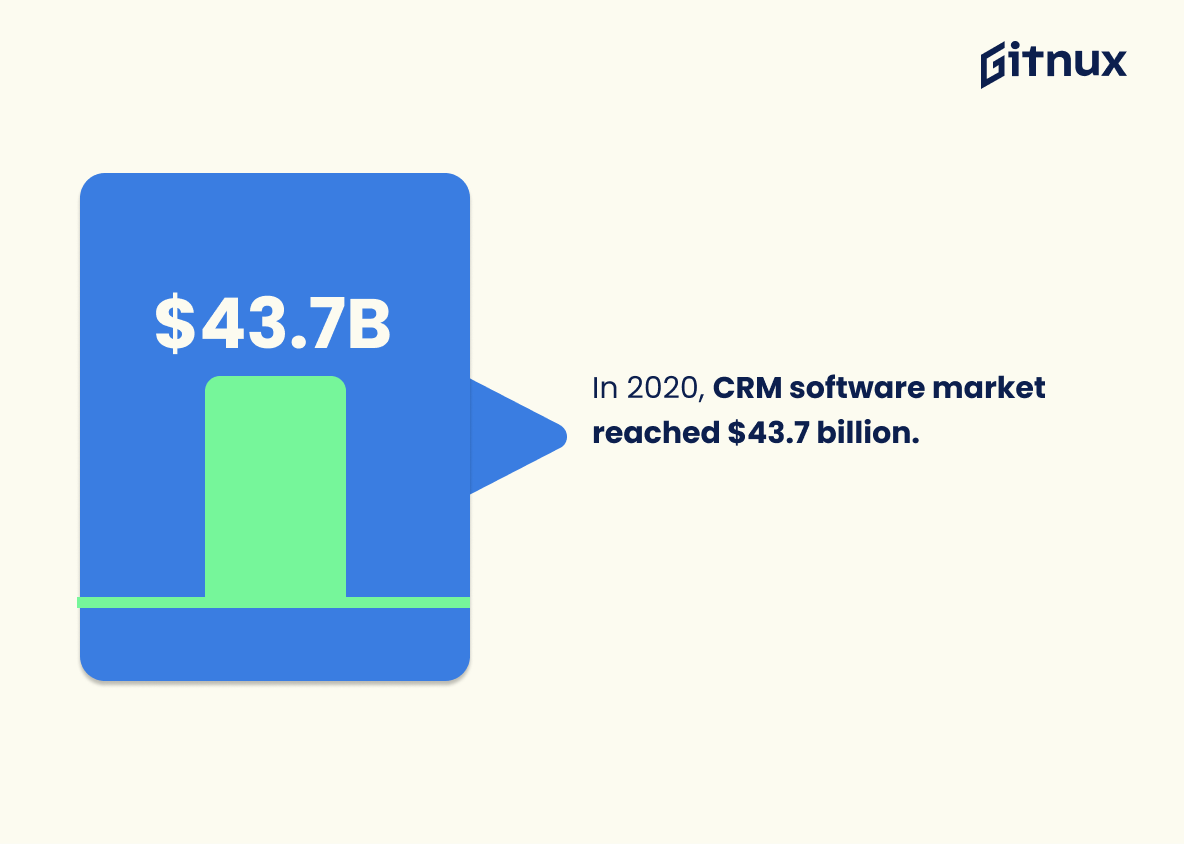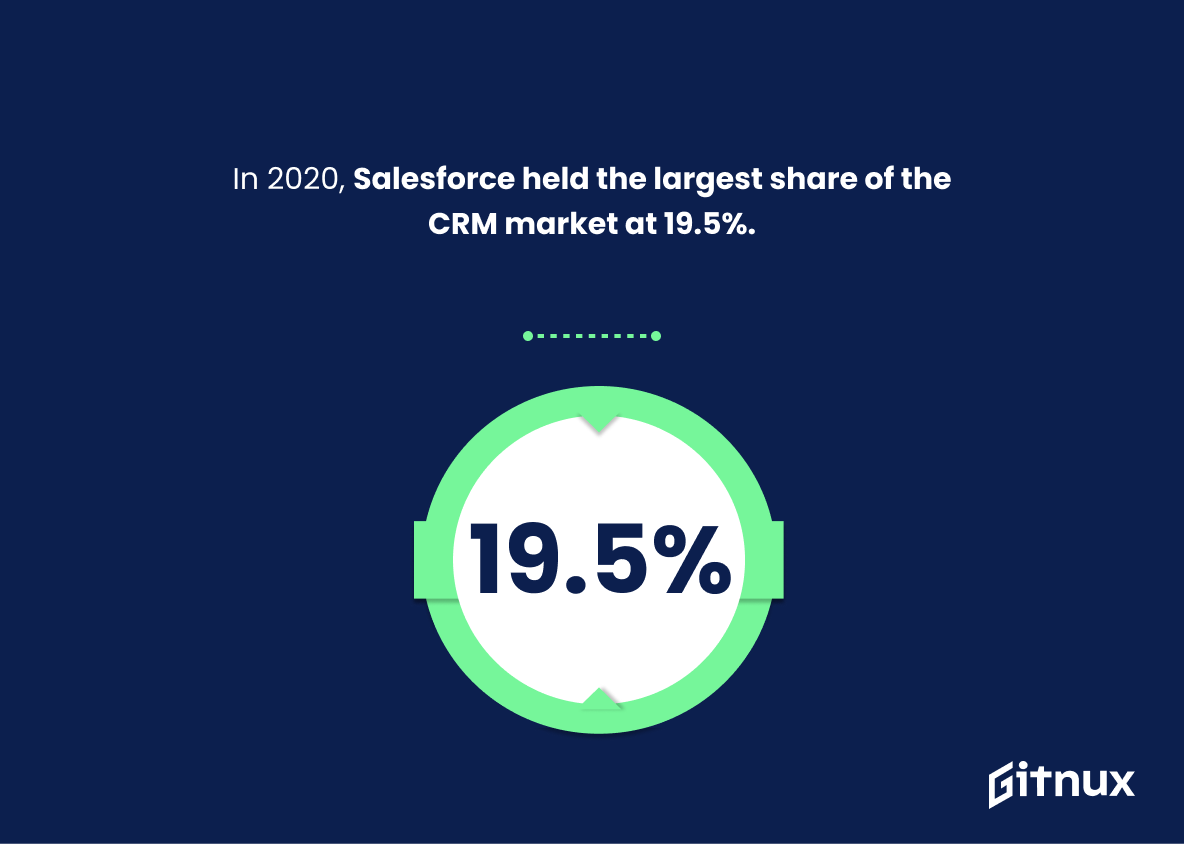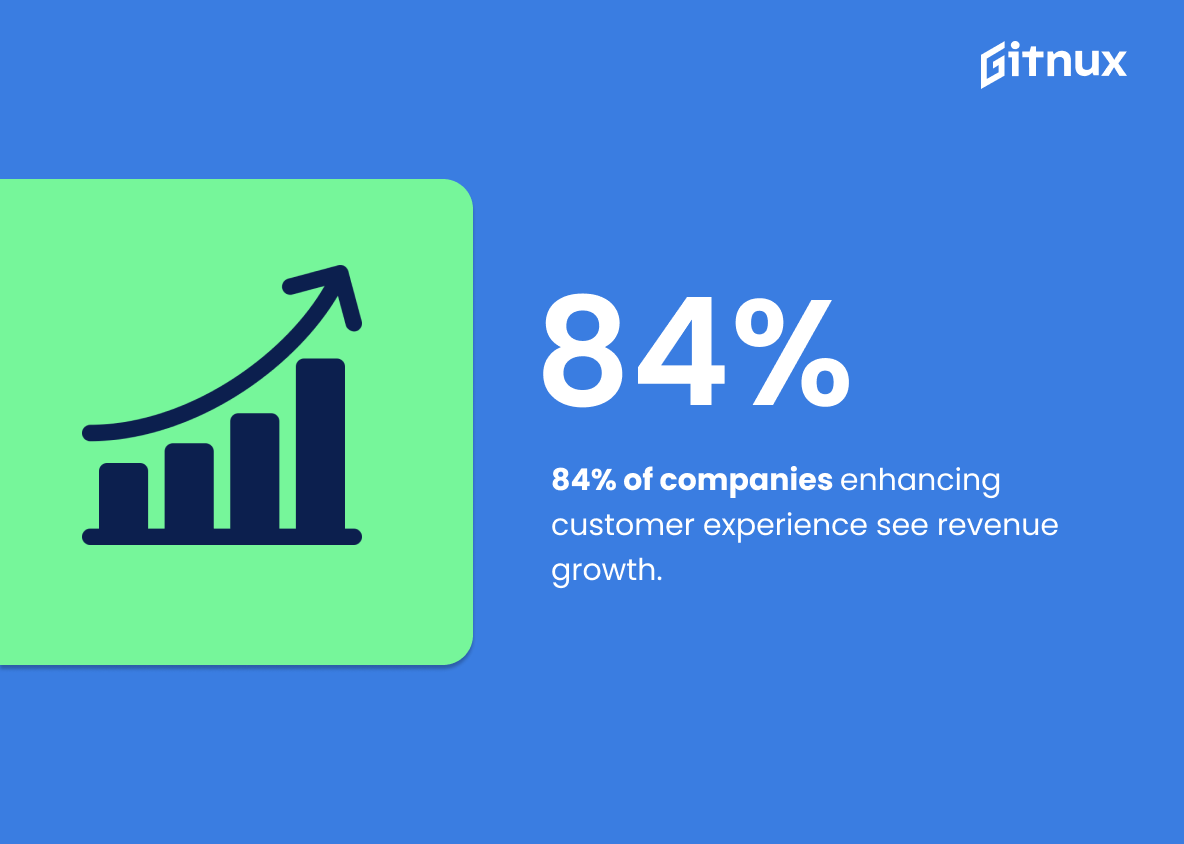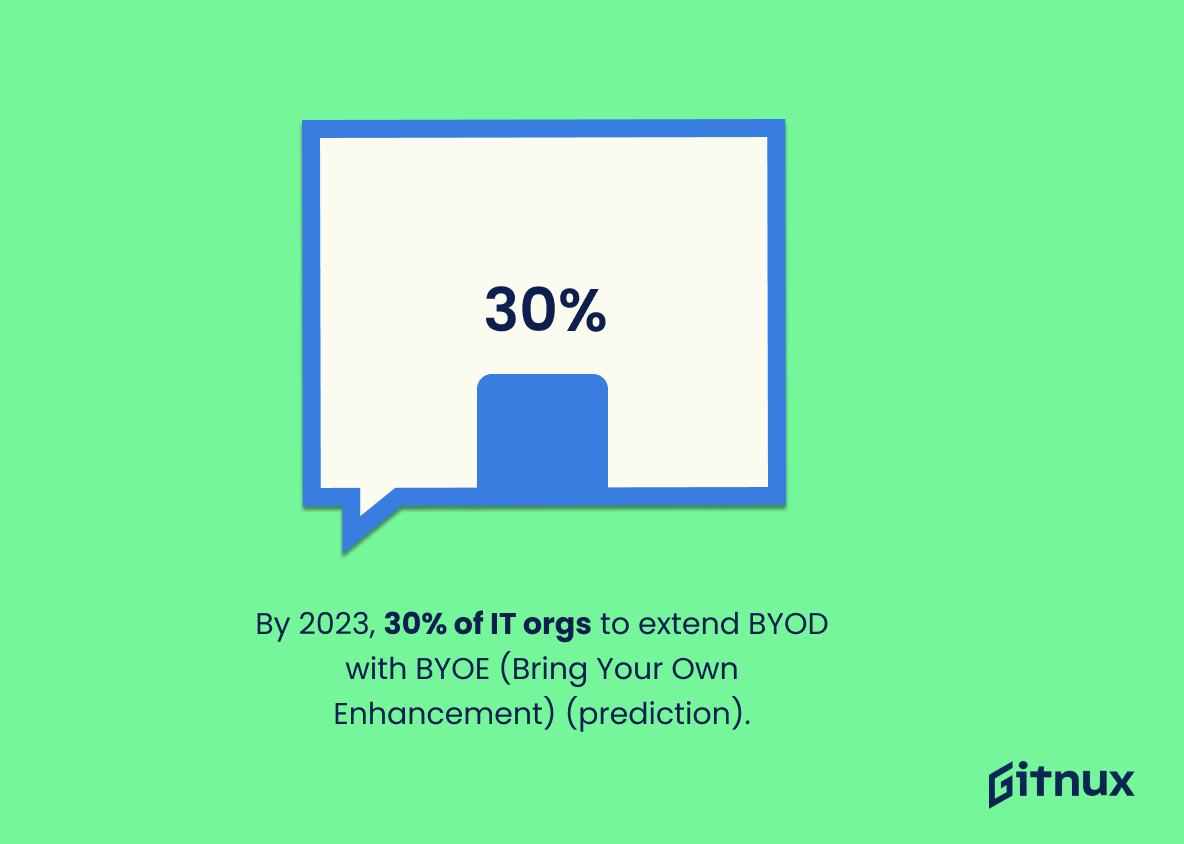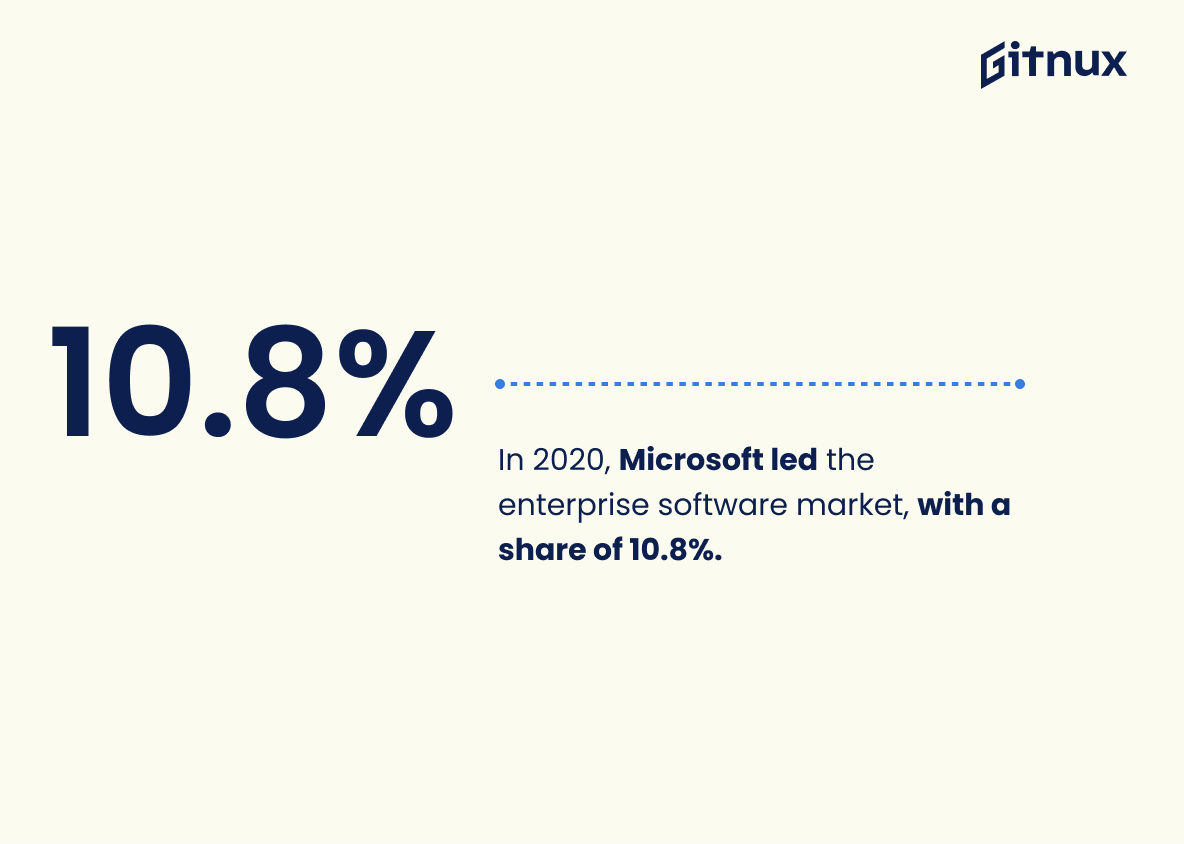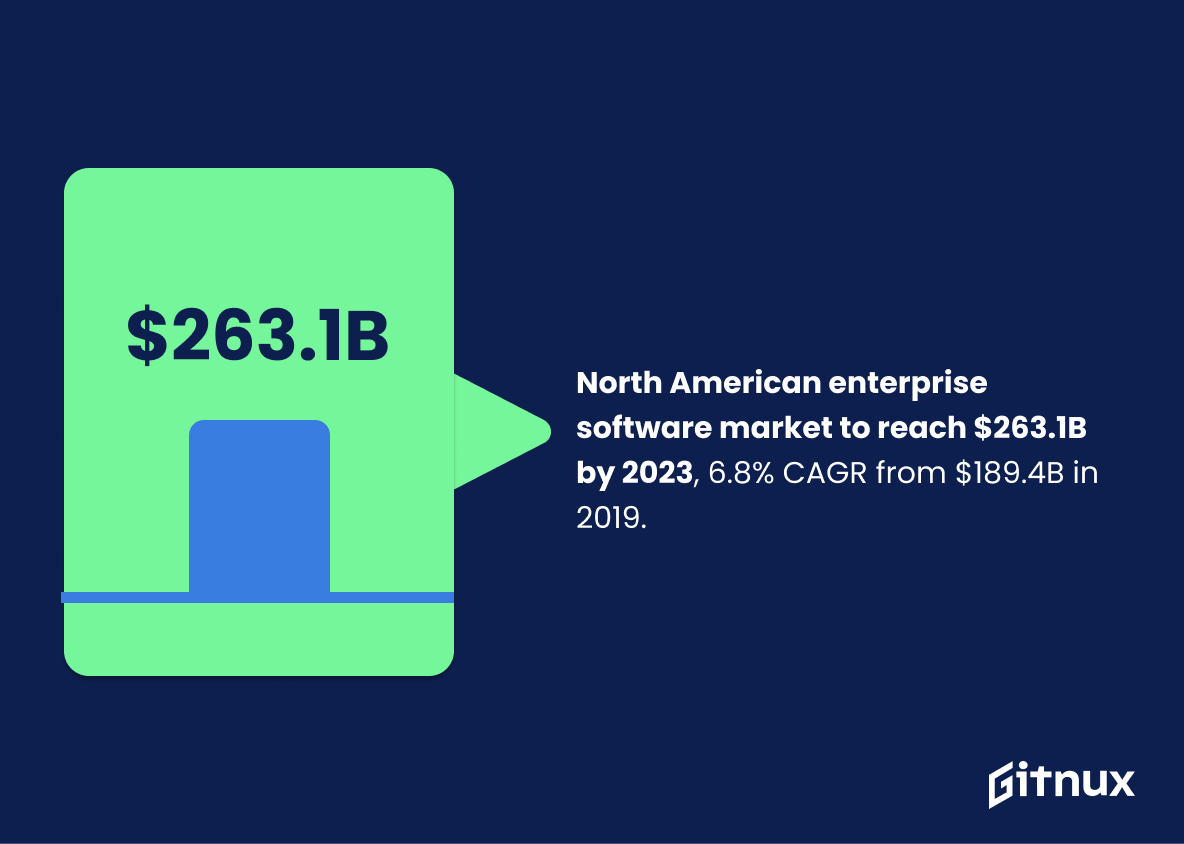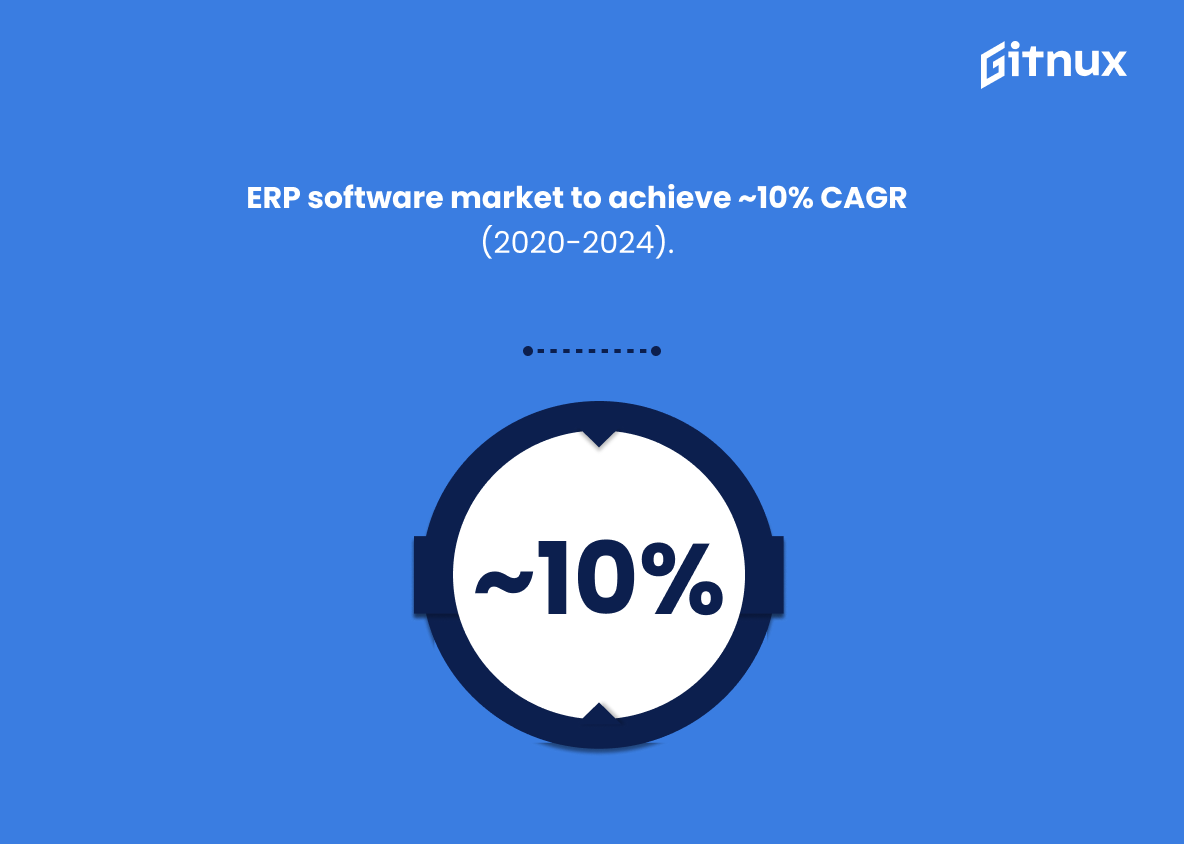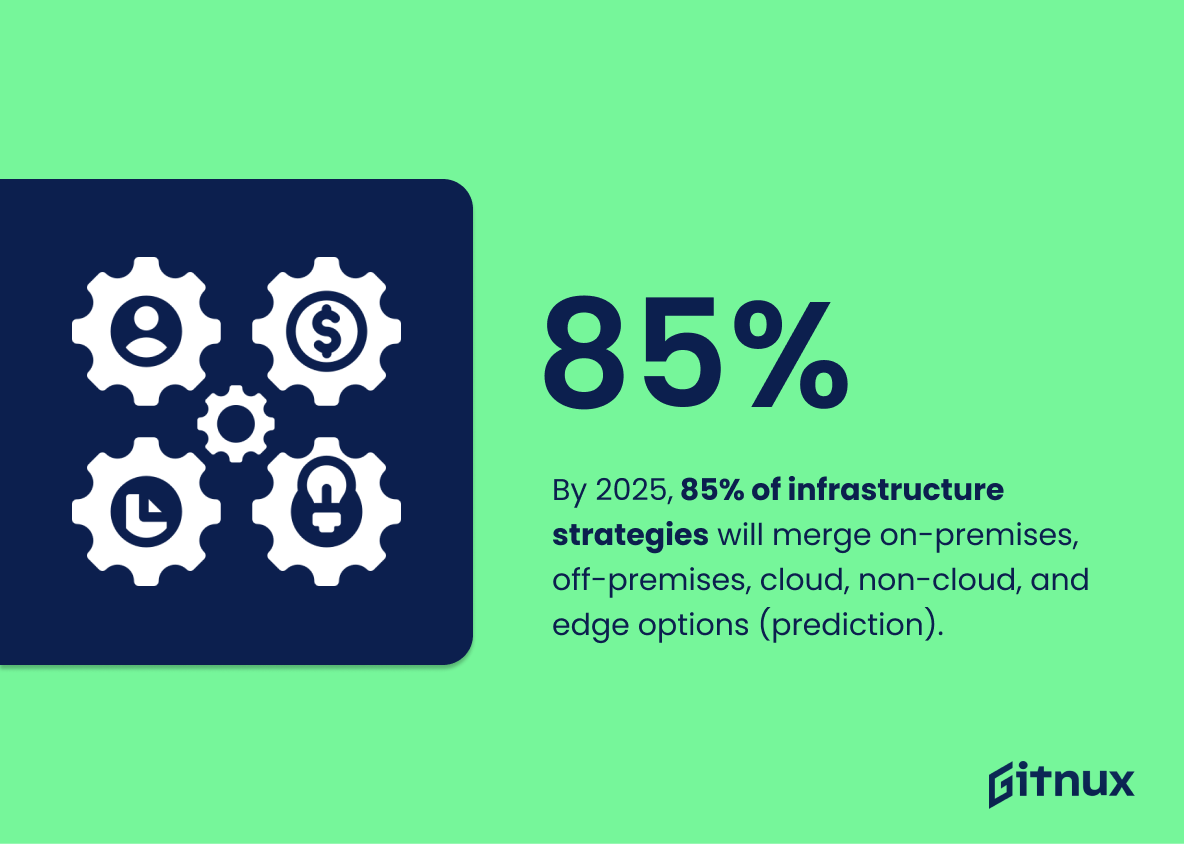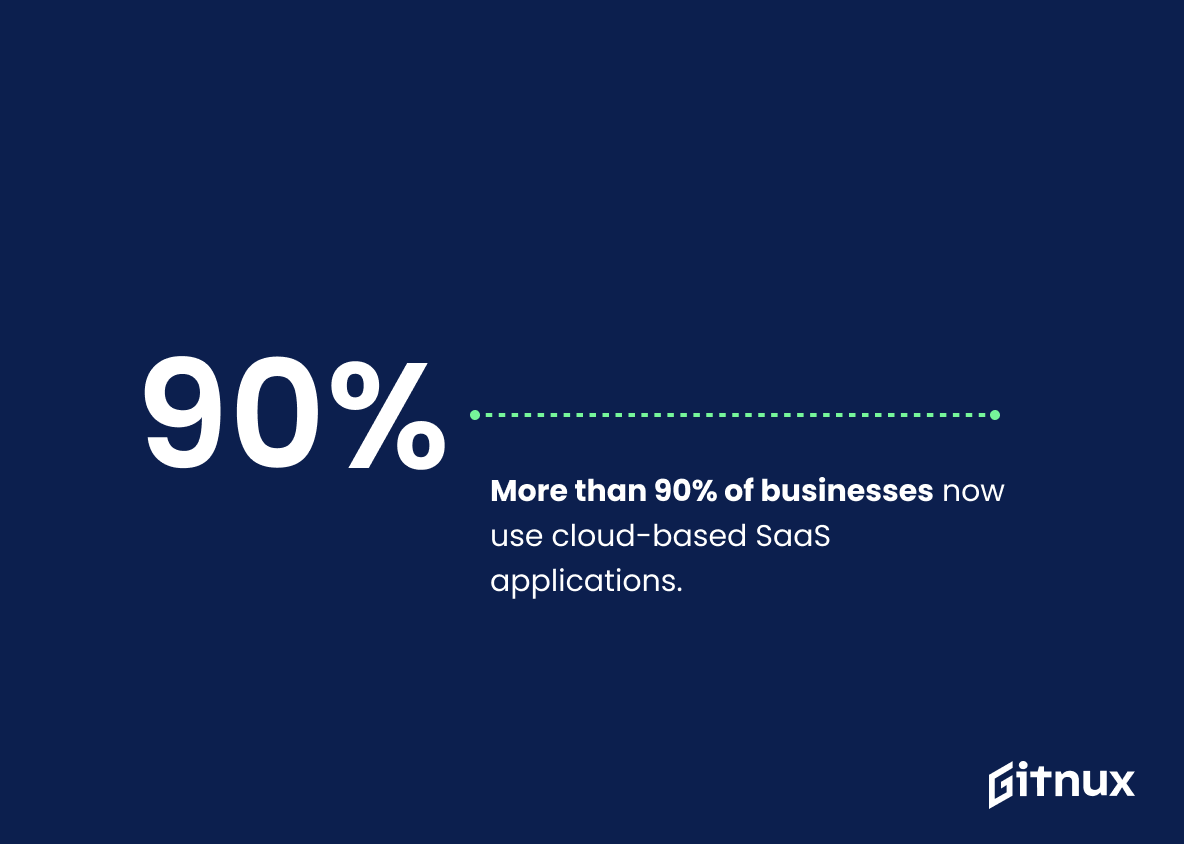In an era guided by digital transformation, traditional business process methods are swiftly being replaced by more efficient, scalable solutions, notably enterprise software. As a key driver of this shift, understanding the enterprise software industry’s statistics is paramount for any business looking to stay competitive. This blog post provides valuable insights into the current trends, growth rates, market size, and future predictions of the enterprise software industry. Whether you are an industry professional, technology enthusiast, or a curious reader, our analysis, backed by concrete data, is tailored to challenge your understanding and broaden your perspective of the enterprise software landscape.
The Latest Enterprise Software Industry Statistics Unveiled
In 2021, the global enterprise software market was valued at 466.2 billion USD.
With the worthy emblem of $466.2 billion value stamped on the global enterprise software market in 2021, this colossal figure underscores the robust dynamism and impressive financial muscle infused within this sphere. As if sprung from a silicon seed, this industry has spread its tendrils far and wide, reflecting the insatiable appetite for technological solutions within the global business ecosystem.
This number, far from being a mere estimation of monetary worth, serves as a powerful magnifying lens, revealing the extent of enterprise software’s penetration into the core processes of corporations around the globe. In essence, it mirrors the vast substantive role the industry plays in the global economy and its compelling influence in shaping the digital future.
Thus, in crafting narratives around enterprise software industry statistics, this astronomical value is not just a silent observer, but rather a loud trumpet that heralds the potency of the sector, its rapid expansion, and the escalating demand for its services. It further breathes life into the forecast trends and projections, becoming the springboard from which other statistics gain relevance and context.
70% of organizations migrated at least a portion of their digital infrastructure to the enterprise cloud in 2020.
Illustrating a significant pivot in technology deployment strategies, it is astounding to note that in 2020, a voluminous 70% of organizations had transitioned, if not all, at least a part of their digital infrastructure, to the auspices of the enterprise cloud. The grand migration is an irrefutable testament to the increasing reliance on the cloud framework within the enterprise software industry, fundamentally augmenting the manner in which businesses operate.
The statistic becomes enthralling within a blog post dealing with enterprise software industry figures by offering a clear photograph of the trajectory towards cloud solutions. It shouts out the shift in organizations’ perspectives about traditional infrastructure and their accelerated pace of embracing cloud technologies. Such substantial numbers swell the drumbeat for the prevalence and potential of the cloud, highlighting the value of versatility, accessibility, and cost-effectiveness that cloud integration brings to the enterprise software sector.
Furthermore, this statistic zeroes in on the potential business strategies, indicating that companies who have not yet hopped aboard the ‘cloud train’ may have to reevaluate their technological blueprint, to avoid getting left behind. In a nutshell, this showcases the enormity of the trend towards enterprise cloud solutions, hence underpinning its relevance in any discussion related to enterprise software industry data.
By 2022, 90% of global enterprises will rely on a mix of on-premises/dedicated private clouds, multiple public clouds, and legacy platforms to meet their infrastructure needs.
Painting a vivid snapshot of the future, this remarkable statistic predicts the significant transition towards hybrid architecture in the enterprise software industry likely by 2022. It signals how companies globally are poised to explore a dynamic combination of on-premises/dedicated private clouds, multiple public clouds, and legacy platforms to accommodate their infrastructure necessities. Intimately linked with the evolution of the industry, it emphasizes the growing embrace of technological diversity and flexibility in search of optimal performance, safety, and adaptability. Hence, it offers readers an insightful gaze into the rapidly shifting landscape of enterprise software, making it a valuable cornerstone for any discussion on scoping future trends and strategies in this field.
The customer relationship management (CRM) software market size was valued at $43.7 billion in 2020.
Highlighting the $43.7 billion value of the CRM software market in 2020 paints a vivid picture of its pivotal role in the enterprise software industry. It acts as a fiscal compass, pointing towards the intense demand and high reliance of businesses on CRM platforms. This figure underlines not just the magnitude of the market but also underpins the growth trajectory and potential investment opportunities it harbors in the enterprise software landscape. It stamps CRM as a heavyweight contender in the industry, thereby provoking readers and potential investors to take a stake in its future developments. This monetary gauge also underscores the overwhelming impact of sophisticated customer relationship management solutions in modern businesses that aim for customer-centric growth, viewing CRM not as an option but a necessity.
In 2020, Salesforce held the largest share of the CRM market at 19.5%.
Delving into the dynamic landscape of the Enterprise Software Industry, we stumble upon an intriguing signal of dominance – Salesforce, in 2020, found itself holding the reins of the CRM market with a robust 19.5% share. This nugget of information isn’t just a testament of Salesforce’s supremacy in the market, but also shapes our understanding of the industry hierarchy.
The emerging trend signaled by this statistic helps us sketch an outline of the competitive landscape, thereby determining the major players influencing the industry’s ebb and flows. Indicating Salesforce’s potential to carve out a larger market share, it reminds potential investors or business partners of the company’s retained competence in an area that has myriad players.
Moreover, it provides an interesting point of reference for other businesses attempting to breach the CRM market stronghold. It also becomes a yardstick with which other organizations can measure their performance or set benchmarks. This particular statistic, thus, underlines the narrative of the blog, providing a sharper focus on Salesforce’s pivotal role in the Enterprise Software Industry.
84% of companies that work to improve their customer experience report an increase in their revenue.
Undeniably, the elucidating statistic – ‘84% of companies that work to improve their customer experience report an increase in their revenue’ – paints an impactful picture for anyone diving into the Enterprise Software Industry. It methodically connects customer experience, often viewed as a qualitative aspect, with revenue growth, a quantitative measure of business success.
For those navigating the tumultuous tides of the Enterprise Software Industry, the statistic offers a lighthouse. It strongly suggests an actionable strategy for achieving financial growth: invest in customer experience.
It also lays the groundwork for a broader discussion around the value of user-centric design and customer-centric business practices within the industry. In an increasingly competitive tech landscape, great customer experience could not only impact revenues but also be the signature element that sets a company apart from the herd.
Furthermore, this large-scale validation anchors the notion that revenue increase isn’t exclusively tied to technical advances, scalability, or marketing schemes. The human component, customer experience, can hold just as much weight, if not more, in catalyzing economic upliftment.
For the tech nomads aboard the enterprise software caravan, this is an important scout’s tidbit to map out their future endeavours; the statistic serves as a compass, pointing directly towards customer-centricity as a key to unlock potential revenue growth.
By 2023, 30% of IT organizations will extend BYOD (Bring Your Own Device) policies with “bring your own enhancement” (BYOE).
Diving deeper into the realm of future of work, this statistic projects a fascinating scenario on the horizon of Enterprise Software industry. As per the expected 30% extension of BYOD policies to incorporate “Bring Your Own Enhancement” (BYOE) by 2023 within IT organizations, heralds a new chapter in workspace flexibility and diversification. The statistic reinforces how the industry is keen on tapping the individual expertise and comfort of their employees. This eliminates the constraints of one-size-fits-all tools in IT, thereby enhancing productivity.
Moreover, this shift towards BYOE serves as an insightful pointer towards prioritizing digital tool personalization. This will catalyze the development and adoption of novel enterprise software solutions, pushing the companies to be more competitive in terms of customization offerings, flexibility and employee-centric services. Consequently, enterprise software industry developers, marketers and strategists can interpret this statistic as a forecast of pivotal changes in both, consumer demand and competitive landscape.
Also, a focus on BYOE policies could lead to a significant evolution in enterprise software security paradigms. The intersection of personalized tools and universal security protocols poses thrilling challenges which the industry needs to anticipate and prepare for. Thus scrutinizing this statistic, triggers important conversations about software customization, flexibility, and security – topics that shape the dynamics of the Enterprise Software industry.
In 2020, Microsoft led the enterprise software market, with a share of 10.8%.
Highlighting Microsoft’s 10.8% market share in 2020 underscores its strong position in the highly competitive landscape of enterprise software. It reflects the trust and recognition the tech giant commands among global enterprises, largely due to its comprehensive software solutions that cater to diverse business needs. Microsoft’s market supremacy provides a compelling benchmark for other industry players and offers a nuanced understanding of the market dynamics. In the grand scheme of reviewing Enterprise Software Industry statistics, it offers readers a valuable perspective on market leadership and competition within the sector.
The North American market for enterprise software is estimated to grow from $189.4 billion in 2019 to $263.1 billion by 2023, a CAGR of 6.8%.
Painting a picture of the potential growth trajectory of the North American enterprise software market, this stat vividly illustrates a surge from $189.4 billion in 2019 to an estimated $263.1 billion by 2023. This represents a Compound Annual Growth Rate (CAGR) of 6.8%. Essentially, this remarkable statistic serves as a signal flare, highlighting the robust growth and vibrancy of the industry in the coming years. It turns the spotlight towards the wealth of opportunities this sector holds, providing an essential touchstone for investors, developers and stakeholders who are looking for a promising arena in the tech industry. The robust CAGR underscores the blossoming growth trend, painting an optimistic picture of future growth in the enterprise software landscape.
The Enterprise Resource Planning (ERP) software market will post a CAGR of about 10% during 2020-2024.
Unveiling the potency of this statistic sheds light on the upward trajectory of Enterprise Resource Planning (ERP) software market. An anticipated Compound Annual Growth Rate (CAGR) of roughly 10% through 2020 to 2024 exudes optimism and underpins the undeniable momentum this sector is gaining. In the backdrop of a blog post discussing Enterprise Software Industry Statistics, it masterfully echoes the robust growth expectations and substantial revenue potentials at stake in the ERP software market industry. Highlighting such a propelling statistic not only maps the vitality and progression in the ERP landscape but also sets the stage to anticipate the transforming dynamics in the broader Enterprise Software Industry.
By 2025, 85% of infrastructure strategies will integrate on-premises, off-premises, cloud, non-cloud, and edge delivery options.
Highlighting the robust projection that by 2025, 85% of infrastructure strategies will interweave on-premises, off-premises, cloud, non-cloud, and edge delivery options provides an impactful foresight on Enterprise Software Industry. This presents a line of sight into the direction of the digital business environment, highlighting the growing integration of diverse delivery locales.
In the mosaic of enterprise software industry growth, this statistic serves as a critical piece, pointing to the realization of hybrid infrastructures. It unveils the unfolding trend that promotes flexibility, resilience, and scalability, consequently enhancing customer experience and business continuity.
Moreover, it paints a picture of a future where IT operations mitigate risk by preventing the over-reliance on a single infrastructure. This is an essential driving force for sustainable software industry growth, reinforcing the topic’s importance in a business world that appears to be increasingly leaning towards multifaceted delivery options.
Additionally, the insight offered by this statistic brings to the limelight the budding necessity to build competencies that can seamlessly navigate and operate in this multi-platform infrastructure, thus shaping enterprise software development strategies and conversations for the future.
There were over 1,500 new B2B SaaS startups, each raising at least $1 million in the calendar year 2020.
The intriguing revelation that more than 1,500 new B2B SaaS startups triumphantly raised at least $1 million each in 2020 heralds a dynamic churn in the landscape of the Enterprise Software Industry. This propulsion of funding is not just a testament to the robustness of these new ventures, but it also underscores the intense appetite for innovative solutions within the realm of B2B SaaS. These numbers spotlight a bullish trend in the industry, signaling a seismic shift towards a more technologically advanced, streamlined, and scalable approach to doing business. By this measurement, the industry’s pulse is marked by continuous evolution, suggesting an expanding marketplace potentially brimming with opportunity and competition.
More than 90% of businesses now use cloud-based SaaS applications.
The breathtaking revelation that over 90% of businesses employ cloud-based SaaS applications underscores a critical evolution in the Enterprise Software Industry. This number shines a spotlight on the ever-crescendoing reliance of modern businesses on cloud technologies. It paints an undeniable picture of how digital infrastructure is tipping in favor of SaaS solutions. As evidence, it heralds a new chapter in enterprise software’s narrative, one where cloud-based SaaS establishments are no longer the alternative, but increasingly the norm. This influence extends from startups to global corporations, affirming the cloud as a cornerstone of the contemporary business model. Delving into this statistic, readers can expect to navigate the transformative landscape that the Enterprise Software Industry has become, where cloud-based SaaS stands as a towering beacon of progress.
Conclusion
Understanding the latest Enterprise Software Industry Statistics in-depth is vital for any business hoping to succeed in such a dynamic and competitive environment. These statistics not only provide insights on current trends but also hint at the future direction of the industry. Businesses that leverage this data to make strategic decisions often find themselves ahead of their competitors. As these statistics change with every technological development and market shakeup, it’s essential to keep an eye on them and adjust your business strategy accordingly. In the era of digitalisation, the enterprise software industry will continue to evolve, promising vast opportunities for innovation, growth, and success.
References
0. – https://www.www.statista.com
1. – https://www.www.forbes.com
2. – https://www.www.bettercloud.com
3. – https://www.www.bccresearch.com
4. – https://www.www.gartner.com
5. – https://www.www.saasworthy.com
6. – https://www.www.grandviewresearch.com
7. – https://www.www.qualtrics.com
8. – https://www.www.technavio.com
